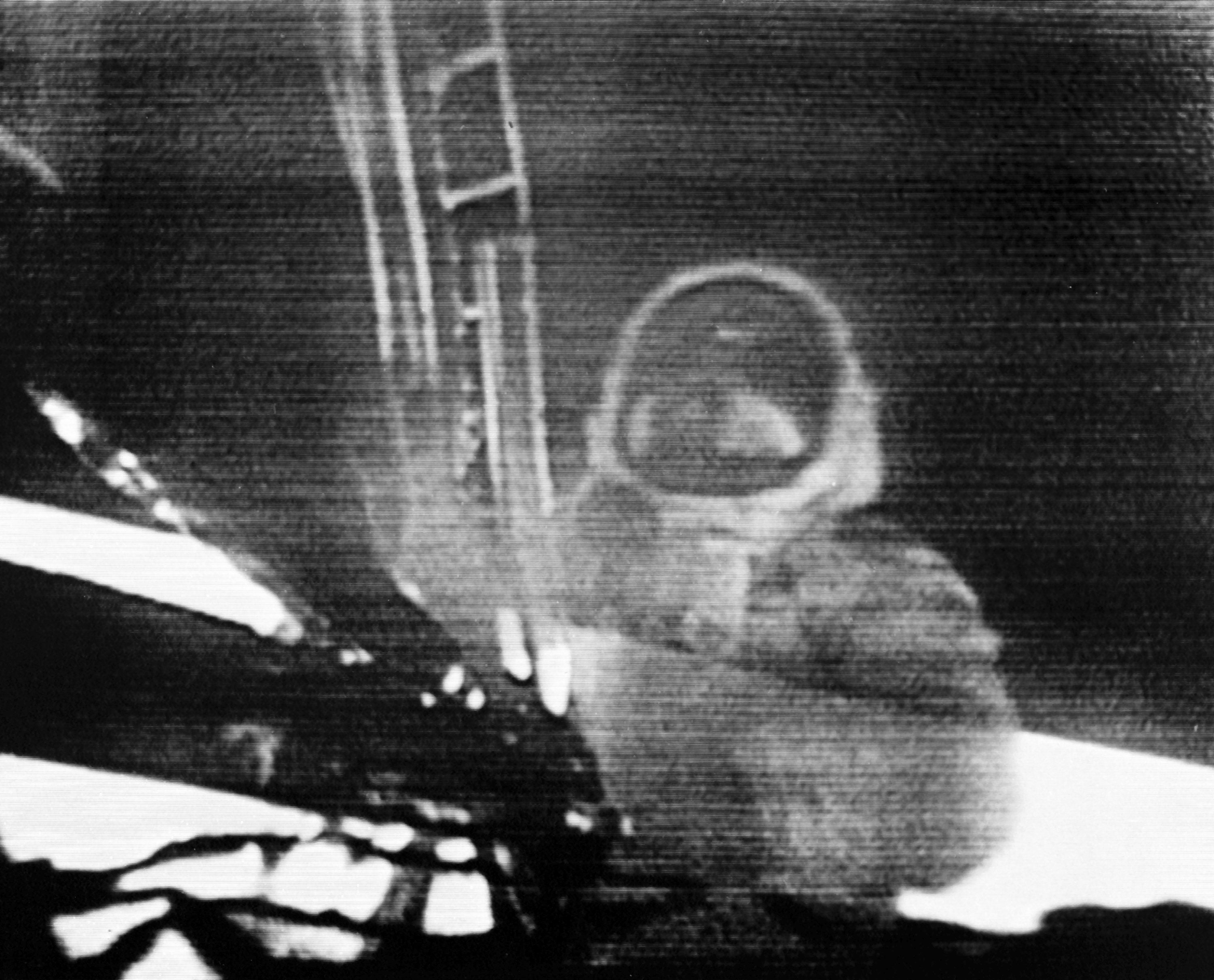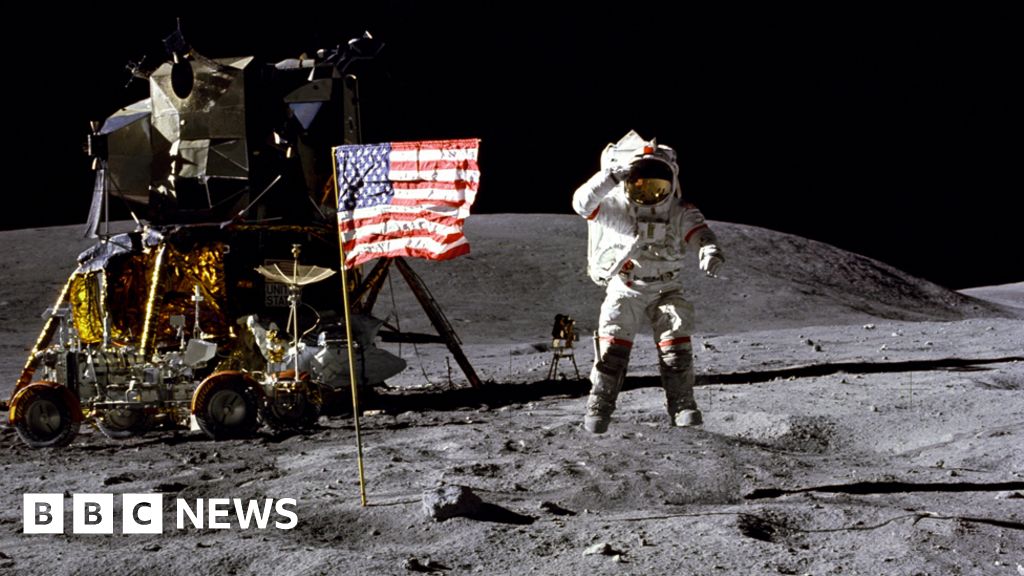
The intense international focus on the mission resulted in the moon landing being watched live on television by a record-breaking 500 million people worldwide. Meanwhile, the third crew member, Michael Collins, orbited the moon in the Command Module Columbia. Four days later, crew members Neil Armstrong and Buzz Aldrin descended to the lunar surface in the Lunar Module, Eagle, and became the first humans to walk on the moon. On 16 July 1969, after preparatory work done during earlier Apollo missions, the US Space Agency NASA launched Apollo 11 from the Kennedy Space Center in Florida.

Although the Soviets had a significant space programme that had already succeeded in sending both the first satellite and the first cosmonaut into space, the Americans believed they could beat them in the race to the moon. The drive to achieve this goal was given greater urgency by the intense Cold War rivalry with the Soviet Union. He said: ‘I believe that this nation should commit itself to achieving the goal, before this decade is out, of landing a man on the moon and returning him safely to the earth.’ He added, ‘No single space project in this period will be more impressive to mankind… and none will be so difficult or expensive to accomplish.’

The US government’s intention to be the first nation to send astronauts to the moon was signalled in President John F Kennedy’s 1961 speech to the US Congress.

Buzz Aldrin walks on the surface of the moon near the leg of the Lunar Module © Nasa


 0 kommentar(er)
0 kommentar(er)
